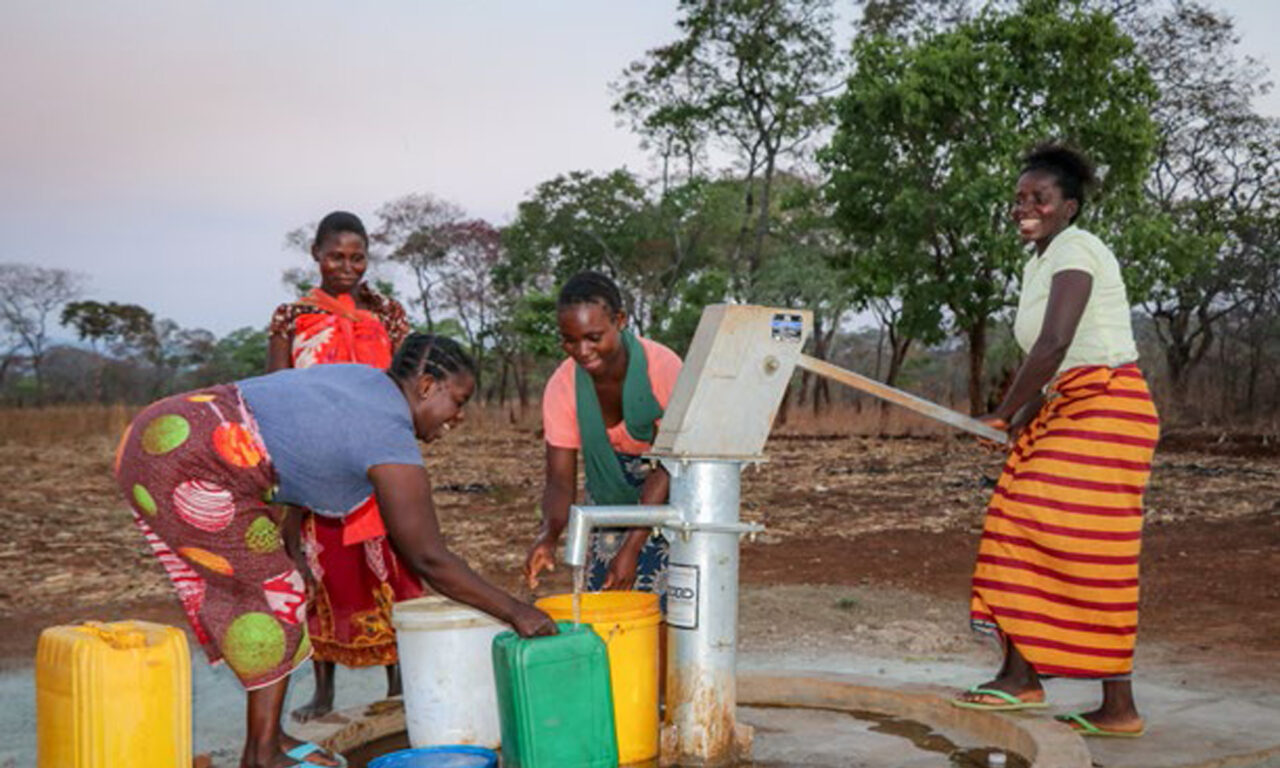

 World Vision Partners Since 2020
World Vision Partners Since 2020
Harry Sangree, an experienced technology innovator in sea freight and global trade, had no idea the launch of his new company would land on the day that a global pandemic shut down much of the U.S. The company, SeaFreight Labs, was poised to begin marketing its service to discover innovative solutions to the toughest global shipping problems through a crowdsourced “challenge” model. Sangree explains, “I had this company and this capability, and the world had shut down, so I wondered who else could benefit from it. And my wife said, ‘What about World Vision?’”
In a short time, Sangree was connected to World Vision’s water, sanitation, and hygiene (WASH) team, who proposed a series of seemingly intractable problems for SeaFreight Labs’ crowdsourcing model to tackle. The first challenge entailed coming up with scalable and affordable rural single-family sanitation solutions. Through InnoCentive—the crowdsourcing challenge platform used by SeaFreight Labs—525 participating “solvers” came up with over 100 different proposals, of which three were named winners and awarded prizes. SeaFreight Labs collaborated with World Vision’s WASH team on the crowd-solving model, and the winning solutions are now being tested in rural African communities where World Vision works to determine their commercial viability and scalability.
“Because this is an innovation partnership, there’s a high risk but a potentially very high return,” says Sangree. Since a successful challenge in SeaFreight Labs’ model creates a design rather than a commercially available product, it’s too early to tell what the impact of this solution could be for areas where organizations like World Vision are working to empower people in poverty. But a key aspect of this collaboration is availability—the stipulations of each challenge require the solutions to stay in the public domain so other organizations can share in the innovation and knowledge as each works to contribute to people’s well-being.
The second WASH challenge involved creating a low-cost chlorine monitoring mechanism for rural piped water systems in Africa, where the use of chlorination to safeguard public drinking water remains low. From five viable proposed solutions, World Vision awarded a prize to a solution for a fully automated system that uses sensors to monitor free chlorine residual levels. The bill of materials cost at scale for this solution amounts to less than US$400, a more than 80% reduction from currently available offerings.
“It is rare to invoke Jesus and Steve Jobs in the same breath,” says Sangree. “But Steve’s famous quote that ‘the people who are crazy enough to think they can change the world are the ones who do’ synced with Jesus’ instructions to love and serve others and became the motivation for this project.”
“As a longtime donor to World Vision, I’m excited to have a chance to participate in trying new ways to innovate. World Vision is uniquely positioned in the world because of its focus on the poor and the scale of its operations,” he says. “They can identify high-impact problems and dedicate appropriate resources to truly mitigate or eliminate them, so I’m quite hopeful about what could happen through our partnership.”


Comments